3 February 2025

Yerba mate is a popular caffeinated beverage. Scientists mapped its genome, revealing surprising facts about its biochemistry and the evolution of caffeine biosynthesis. The findings might pave the way for new varieties of yerba mate.
SCIENCE & TECHNOLOGY
10 January 2025
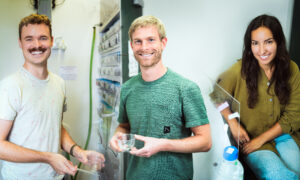
The Arendt Group at EMBL Heidelberg focuses on mechanisms of evolution, studying Platynereis dumerilli – evolutionarily ancient marine worms found broadly along European coasts.
SCIENCE & TECHNOLOGY
8 August 2024

EMBL-Stanford Life Science Alliance fellow Jana Helsen shares how she balanced her life between two laboratories and countries, her latest research paper, and her passion for cover art.
PEOPLE & PERSPECTIVES
22 May 2024
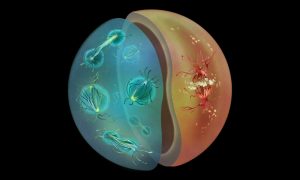
New research by EMBL scientists shows how different modes of cell division used by animals and fungi might have evolved to support diverse life cycles.
SCIENCE & TECHNOLOGY
1 March 2024

Two former EMBL scientists have been recognised for their outstanding contributions to research and leadership capabilities in the fields of evolutionary cell biology and molecular medicine.
EMBL ANNOUNCEMENTS
2024
alumniembl-announcements
25 January 2024
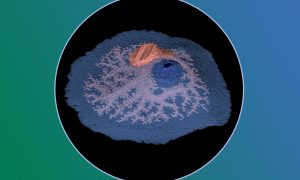
Sponges lack muscles and neurons. Yet, they make coordinated movements. Scientists at EMBL Heidelberg have discovered that sponge movement is controlled by an ancient ‘relaxant-inflammatory’ response that is also present in vertebrate blood vessels. The findings shed light on sponge physiology…
SCIENCE & TECHNOLOGY
2024
sciencescience-technology
8 November 2023

Scientists from the MELIS department at UPF and EMBL Barcelona have organised a symposium to discuss the work of the visionary Catalan scientist Pere Alberch, who passed away 25 years ago.
CONNECTIONS
8 February 2023
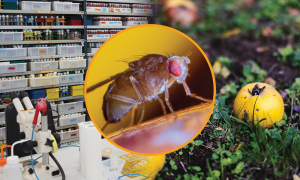
EMBL researchers are stepping outside the lab and thinking outside the box to understand the basic principles that underlie the development and evolution of organismal characteristics.
8 June 2022

Two former EMBL staff members have been recognised for their outstanding contributions to research in the fields of brain evolution and cancer.
EMBL ANNOUNCEMENTS
2022
alumniembl-announcements
5 November 2021

What can sponges tell us about the evolution of the brain? Sponges have the genes involved in neuronal function in higher animals. But if sponges don’t have brains, what is the role of these? EMBL scientists imaged the sponge digestive chamber to find out.
SCIENCE & TECHNOLOGY
2021
sciencescience-technology
19 February 2021
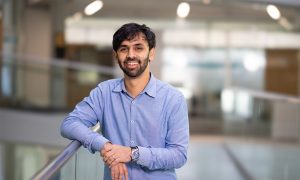
Gautam Dey is fascinated by the evolutionary origins of the nucleus, and is looking forward to making the most of EMBL's infrastructure.
LAB MATTERSPEOPLE & PERSPECTIVES
2021
lab-matterspeople-perspectives
14 October 2020

Researchers from EMBL Heidelberg have established an automated pipeline to create mutations in genomic enhancers, letting them watch evolution unfold before their eyes.
SCIENCE & TECHNOLOGY
2020
sciencescience-technology
29 November 2019
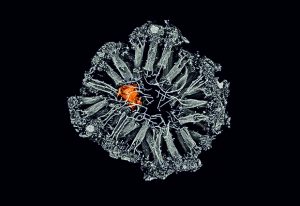
Exploring the diverse routes by which EMBL scientists are driving forward neurobiology
SCIENCE & TECHNOLOGY
2019
sciencescience-technology
31 October 2018
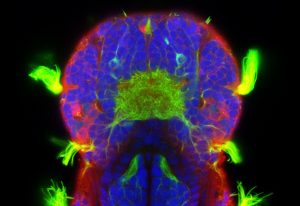
EMBL researchers discover that four organs in a marine worm’s head can sense different chemicals
SCIENCE & TECHNOLOGY
2018
sciencescience-technology
9 May 2018
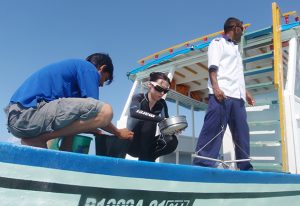
EMBL alumna, Èlia Benito-Gutiérrez, on how her research and career evolved after searching the seas
LAB MATTERSPEOPLE & PERSPECTIVES
2018
lab-matterspeople-perspectives
21 February 2018
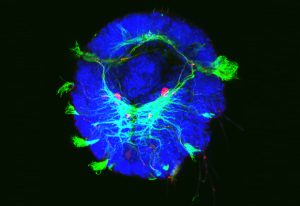
EMBL scientists discover how a molecule’s role changes from simple metabolite to instructive signal
SCIENCE & TECHNOLOGY
2018
sciencescience-technology
12 February 2018
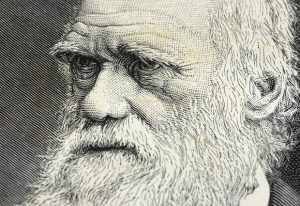
How Darwin’s work revealed the intimate relationship between orchids and insects
SCIENCE & TECHNOLOGY
2018
sciencescience-technology
11 August 2017
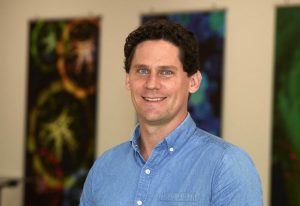
Meet Justin Crocker, EMBL’s new group leader in gene regulation during evolution and development
PEOPLE & PERSPECTIVES
2017
people-perspectivesscience
9 June 2017
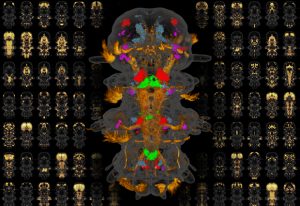
EMBL researchers complete a molecular atlas showing gene expression in all cells in an entire animal
SCIENCE & TECHNOLOGY
2017
sciencescience-technology
13 March 2017
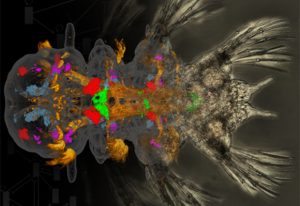
ERC grantee Detlev Arendt shares his vision for the next ten years
SCIENCE & TECHNOLOGY
2017
sciencescience-technology
14 October 2016
A rapid, versatile mechanism that modifies proteins is revealed to be crucial for the evolutionary process
SCIENCE & TECHNOLOGY
2016
sciencescience-technology
11 December 2015
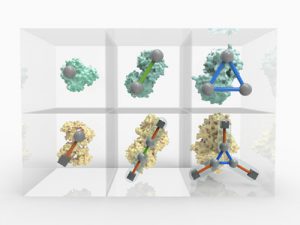
Making it easier to visualise, understand and predict how proteins combine to drive biological processes.
SCIENCE & TECHNOLOGY
2015
sciencescience-technology
9 December 2015
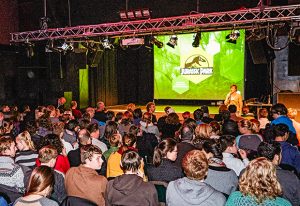
Two PhD students sink their teeth into the science and speculations of Jurassic Park.
LAB MATTERS
25 November 2015
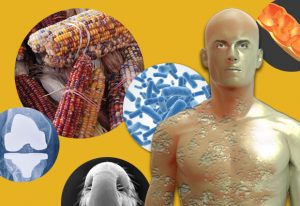
From jumping genes to organ transplants, the non-human features that make us human.
SCIENCE & TECHNOLOGY
2015
sciencescience-technology
25 November 2015
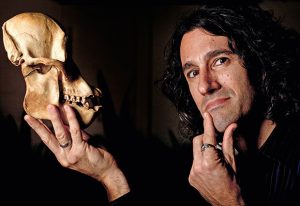
What really sets humans apart? Forming societies, teaching and compassion, says Agustin Fuentes.
PEOPLE & PERSPECTIVESSCIENCE & TECHNOLOGY
2015
people-perspectivesscience-technology
25 November 2015

Highlights from the 'What makes us human?' symposium at EMBL Heidelberg.
PEOPLE & PERSPECTIVES
2015
eventspeople-perspectives
1 October 2015
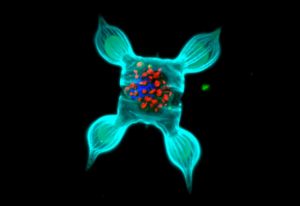
From the role of diatoms to how life evolved - scientists' pressing questions about life in the sea.
SCIENCE & TECHNOLOGY
2015
sciencescience-technology
28 September 2015
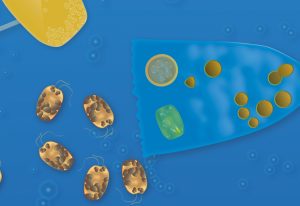
Insights from organisers of upcoming EMBO|EMBL Aquatic Microeukaryotes symposium.
CONNECTIONS
24 August 2015
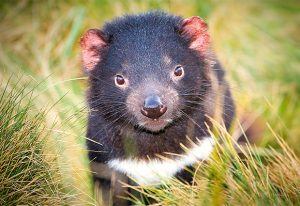
A contagious cancer threatens the Tasmanian devil – extract from Science in School journal.
LAB MATTERS
21 May 2015
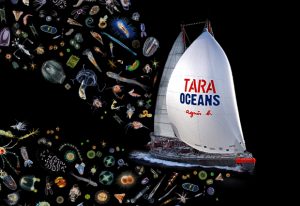
Tara Oceans results reveal climate change insights, and a treasure trove of novel species and genes.
SCIENCE & TECHNOLOGY
2015
sciencescience-technology
18 May 2015
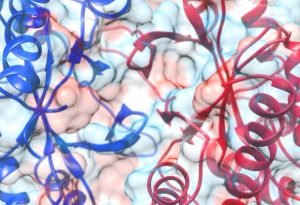
New research shows that some proteins domains can function even with big parts missing.
SCIENCE & TECHNOLOGY
2015
sciencescience-technology
14 April 2015
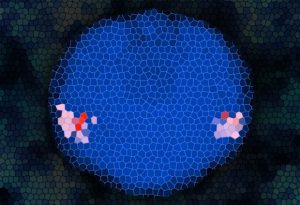
New single-cell genomics techniques bring ‘omics to evolution and development research.
SCIENCE & TECHNOLOGY
2015
sciencescience-technology
23 January 2015
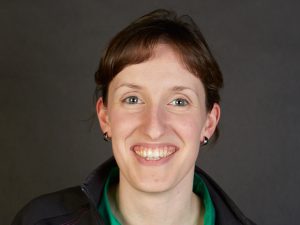
PhD student Silvia Rohr on studying eyes – and talking about it for a general audience.
LAB MATTERS
18 December 2014

How do E.coli and similar bacteria grow safely? By using barrel-plugs as sensors.
SCIENCE & TECHNOLOGY
2014
sciencescience-technology
17 October 2014
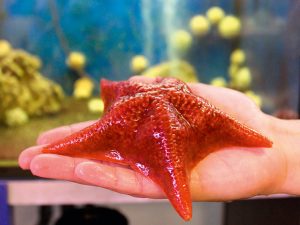
From anemones to starfish, sea creatures are helping understand development, evolution and more.
SCIENCE & TECHNOLOGY
2014
sciencescience-technology
25 September 2014
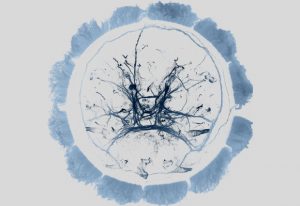
How plankton gets jet lagged: the same hormone governs our sleep patterns and a daily marine migration.
SCIENCE & TECHNOLOGY
2014
sciencescience-technology
12 September 2014
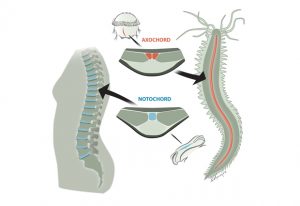
Evolutionary surprise: notochord likely evolved from muscle, earlier than assumed.
SCIENCE & TECHNOLOGY
2014
sciencescience-technology
29 August 2014
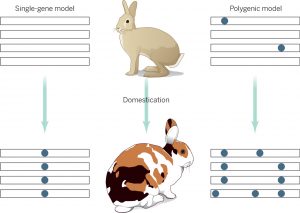
Bronwen Aken discusses what research into the rabbit genome reveals about animal domestication.
SCIENCE & TECHNOLOGY
2014
sciencescience-technology
20 July 2014
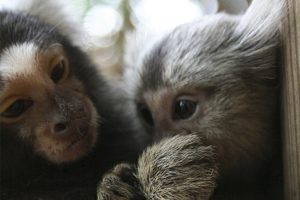
Marmoset genome provides insights into chimerism: data available in Ensembl genome explorer
SCIENCE & TECHNOLOGY
2014
sciencescience-technology
2 July 2014
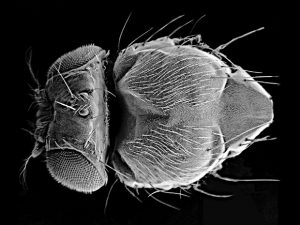
Surprising finding: enhancers find their targets long before activation in Drosophila embryos
SCIENCE & TECHNOLOGY
2014
sciencescience-technology
1 July 2014
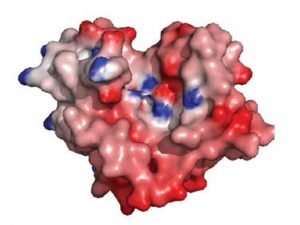
Surprising protein from a flu-like virus is 10 000th ESRF structure
SCIENCE & TECHNOLOGY
2014
sciencescience-technology
31 October 2012
In a nutshell: 1st map combining human genetic variation at different scales – from single letters to large chunks Based on genomes of 1092 healthy people from Europe, the Americas and East Asia Could help identify genetic causes of disease, rather than just links Data made freely available in…
SCIENCE & TECHNOLOGY
2012
sciencescience-technology
12 January 2012
A team of geneticists and computational biologists at the European Molecular Biology Laboratory’s European Bioinformatics Institute (EMBL-EBI), the Wellcome Trust Sanger Institute and Cancer Research UK reveal how an ancient mechanism is involved in gene control and continues to drive genome…
SCIENCE & TECHNOLOGY
2012
sciencescience-technology
2 September 2010
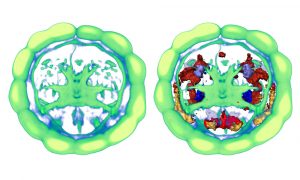
Our cerebral cortex, or pallium, is a big part of what makes us human: art, literature and science would not exist had this most fascinating part of our brain not emerged in some less intelligent ancestor in prehistoric times. But when did this occur and what were these ancestors? Unexpectedly,…
SCIENCE & TECHNOLOGY
2010
sciencescience-technology
31 January 2010
The last ancestor we shared with worms, which roamed the seas around 600 million years ago, may already have had a sophisticated brain that released hormones into the blood and was connected to various sensory organs. The evidence comes not from a newly found fossil but from the study of microRNAs…
SCIENCE & TECHNOLOGY
2010
sciencescience-technology
19 January 2010
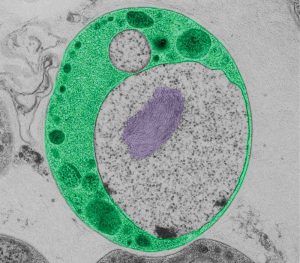
Although they are present almost everywhere, on land and sea, a group of related bacteria in the superphylum Planctomycetes-Verrucomicrobia-Chlamydiae, or PVC, have remained in relative obscurity ever since they were first described about a decade ago. Scientists at the European Molecular Biology…
SCIENCE & TECHNOLOGY
2010
sciencescience-technology
20 November 2008
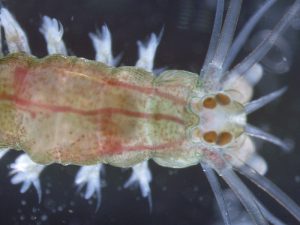
The best-selling novel The swarm captured the imagination of countless readers with the fascination of marine life. But it also showed how little we understand life in the depth of the ocean. Scientists at the European Molecular Biology Laboratory (EMBL) and the Max Planck Institute (MPI)…
SCIENCE & TECHNOLOGY
2008
sciencescience-technology
9 July 2008
Genetic recombination, the process by which sexually reproducing organisms shuffle their genetic material when producing germ cells, leads to offspring with a new genetic make-up and influences the course of evolution. In the current issue of Nature, researchers at the European Molecular…
SCIENCE & TECHNOLOGY
2008
sciencescience-technology
20 June 2008
What makes a human different from a chimp? Researchers from the European Molecular Biology Laboratory’s European Bioinformatics Institute (EMBL-EBI) have come one important step closer to answering such evolutionary questions correctly. In the current issue of Science they uncover…
SCIENCE & TECHNOLOGY
2008
sciencescience-technology
30 May 2008
Researchers from the European Molecular Biology Laboratory (EMBL) in Heidelberg, Germany, and the EMBL-European Bioinformatics Institute (EMBL-EBI) in Hinxton, UK, have revealed new insights into how sex chromosomes are regulated. A chromatin modifying enzyme helps compensate for the fact that…
SCIENCE & TECHNOLOGY
2008
sciencescience-technology
7 May 2008
UK-based researchers at the Medical Research Council Functional Genomics Unit in Oxford and the European Molecular Biology Laboratory’s European Bioinformatics Institute in Cambridge have revealed the genetic makeup of the one of the world’s strangest mammals. They have analysed the DNA…
SCIENCE & TECHNOLOGY
2008
sciencescience-technology
29 June 2007
Hormones control growth, metabolism, reproduction and many other important biological processes. In humans, and all other vertebrates, the chemical signals are produced by specialised brain centres such as the hypothalamus and secreted into the blood stream that distributes them around the body.…
SCIENCE & TECHNOLOGY
2007
sciencescience-technology
20 April 2007
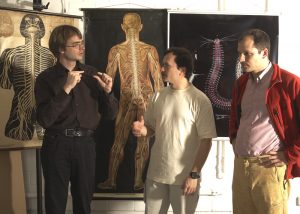
The rise of the central nervous system (CNS) in animal evolution has puzzled scientists for centuries. Vertebrates, insects and worms evolved from the same ancestor, but their CNSs are different and were thought to have evolved only after their lineages had split during evolution. Researchers from…
SCIENCE & TECHNOLOGY
2007
sciencescience-technology
2 February 2007
Microorganisms make up more than a third of the Earth’s biomass. They are found in water, on land and even in our bodies, recycling nutrients, influencing the planet’s climate or causing diseases. Still, we know surprisingly little about the smallest beings that colonise Earth. A new…
SCIENCE & TECHNOLOGY
2007
sciencescience-technology
27 September 2006
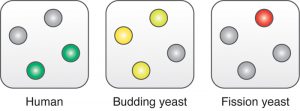
The life of a cell is all about growing and dividing at the right time. That is why the cell cycle is one of the most tightly regulated cellular processes. A control system with several layers adjusts when key components of the cell cycle machinery are produced, activated and degraded to make sure…
SCIENCE & TECHNOLOGY
2006
sciencescience-technology
16 March 2006
Recent research at the European Molecular Biology Laboratory (EMBL) reveals new insights into how cells achieve equality between the sexes. A new link discovered between the membrane surrounding the nucleus and the male X-chromosome in fruit flies may play a crucial role in determining how active…
SCIENCE & TECHNOLOGY
2006
sciencescience-technology
2 March 2006
In 1870 the German scientist Ernst Haeckel mapped the evolutionary relationships of plants and animals in the first ‘tree of life’. Since then scientists have continuously redrawn and expanded the tree adding microorganisms and using modern molecular data, yet, many parts of the tree…
SCIENCE & TECHNOLOGY
2006
sciencescience-technology
24 November 2005
Species evolve at very different rates, and the evolutionary line that produced humans seems to be among the slowest. The result, according to a new study by scientists at the European Molecular Biology Laboratory [EMBL], is that our species has retained characteristics of a very ancient ancestor…
SCIENCE & TECHNOLOGY
2005
sciencescience-technology
25 August 2005
Achieving equality between the sexes can be a challenge even for single cells. Since evolution began removing bits of male DNA to create the ‘Y’ chromosome, males have had a single copy of certain key genes on the X chromosome, whereas females have two. Normally this would lead females…
SCIENCE & TECHNOLOGY
2005
sciencescience-technology
1 July 2005
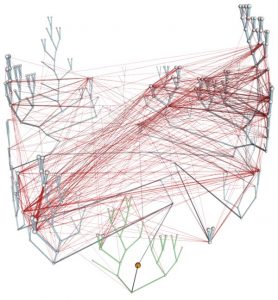
EBI researchers have changed our view of 4 billion years of microbial evolution. Christos Ouzounis and colleagues have gained intriguing quantitative insights into how gene families are transferred, not only ‘vertically’ through passage from one organism to its progeny, but also…
SCIENCE & TECHNOLOGY
2005
sciencescience-technology
No results found













































